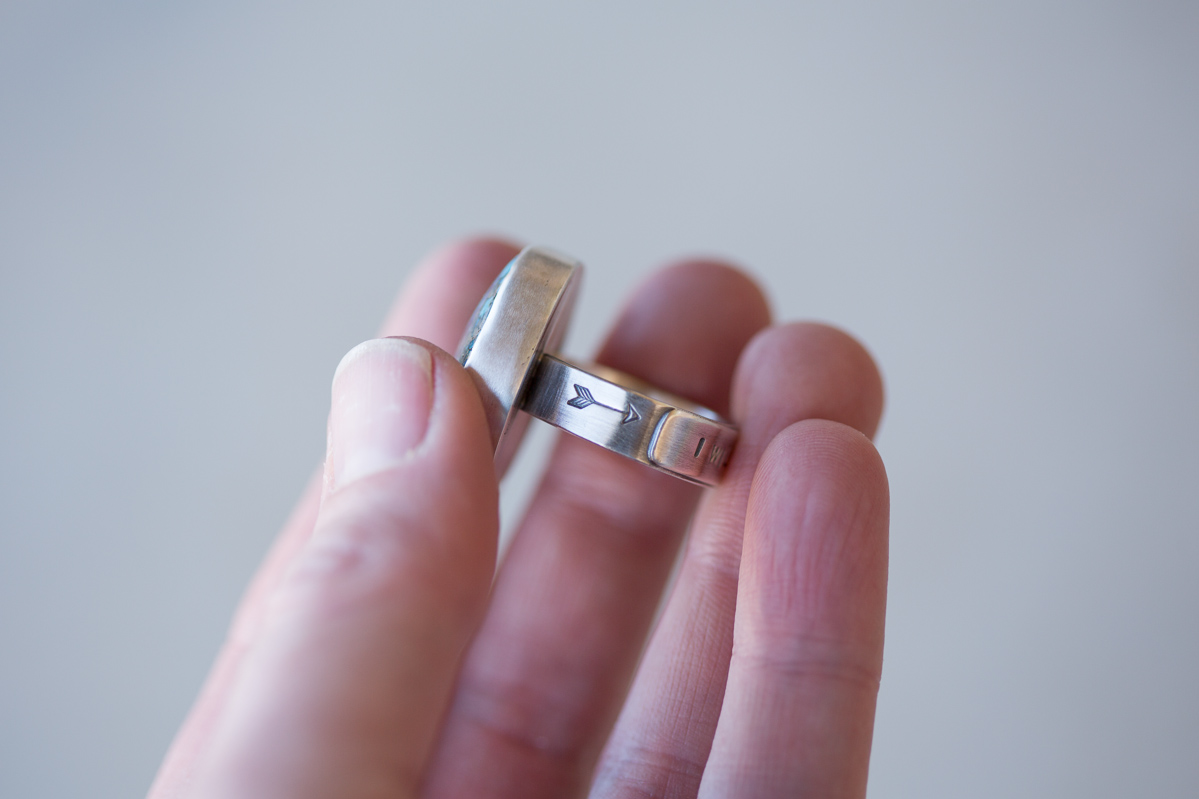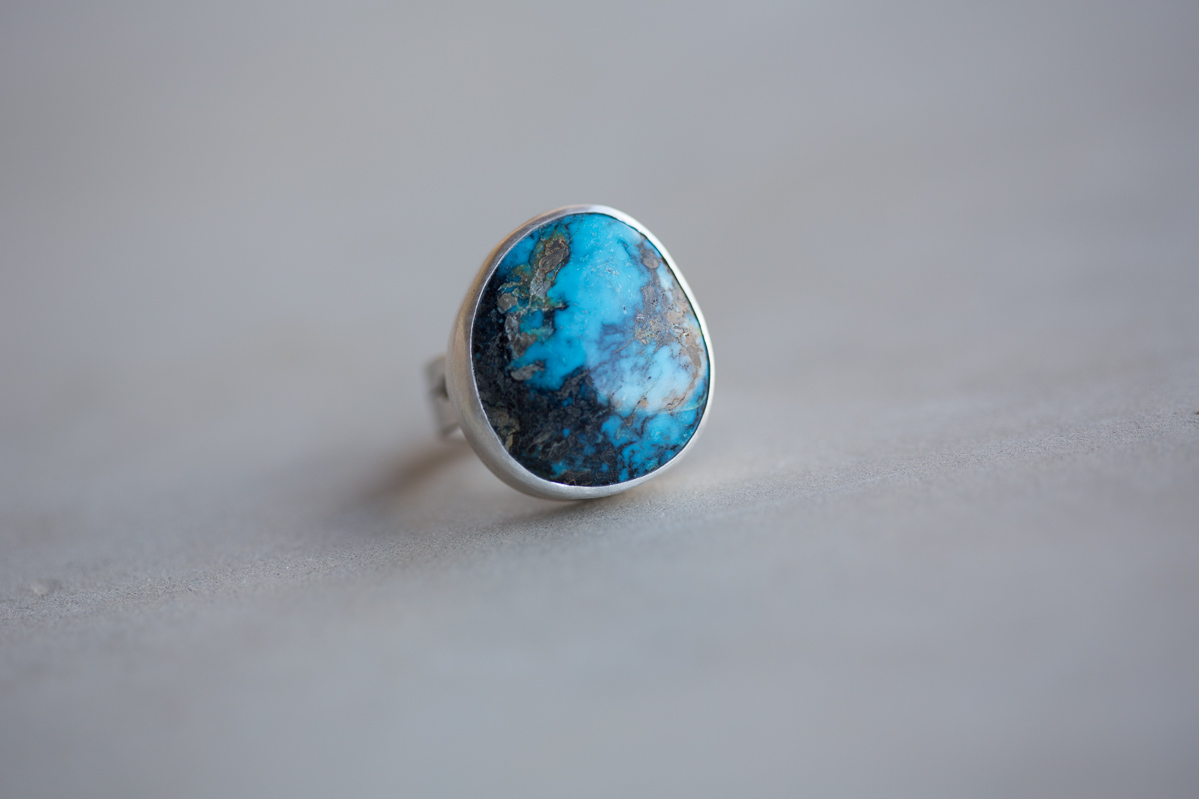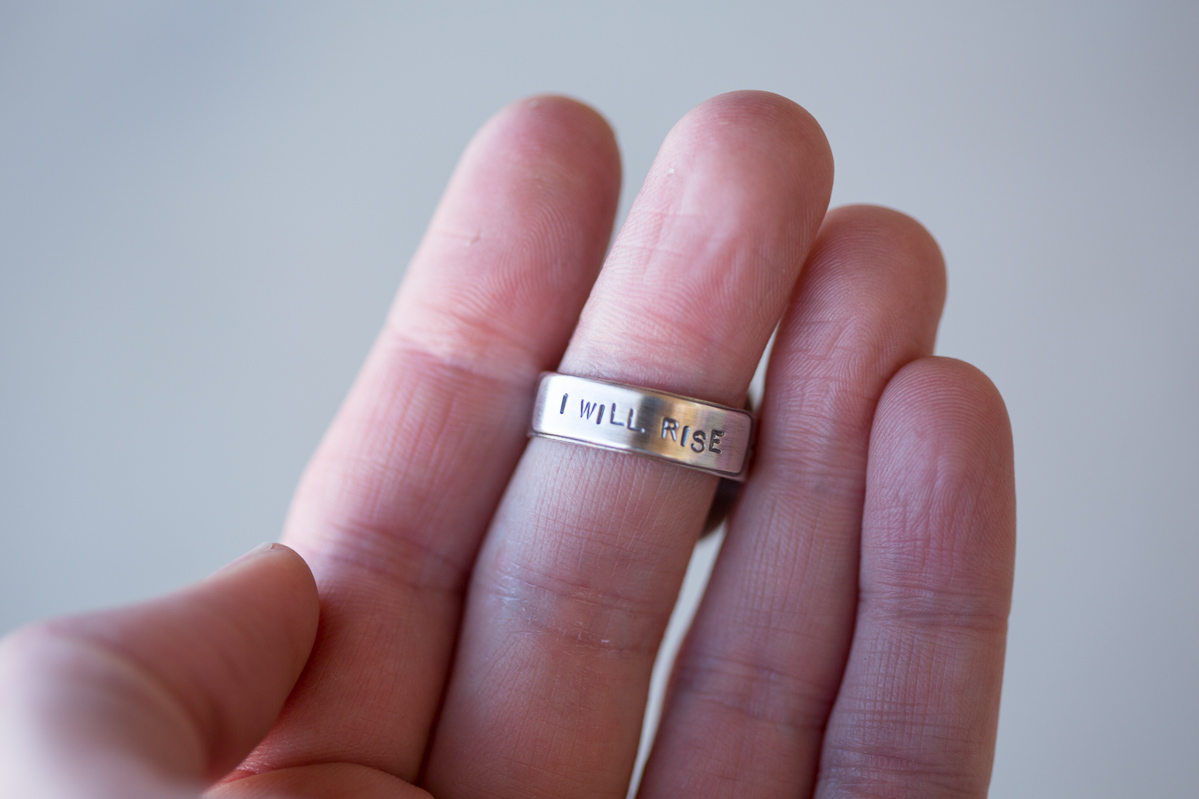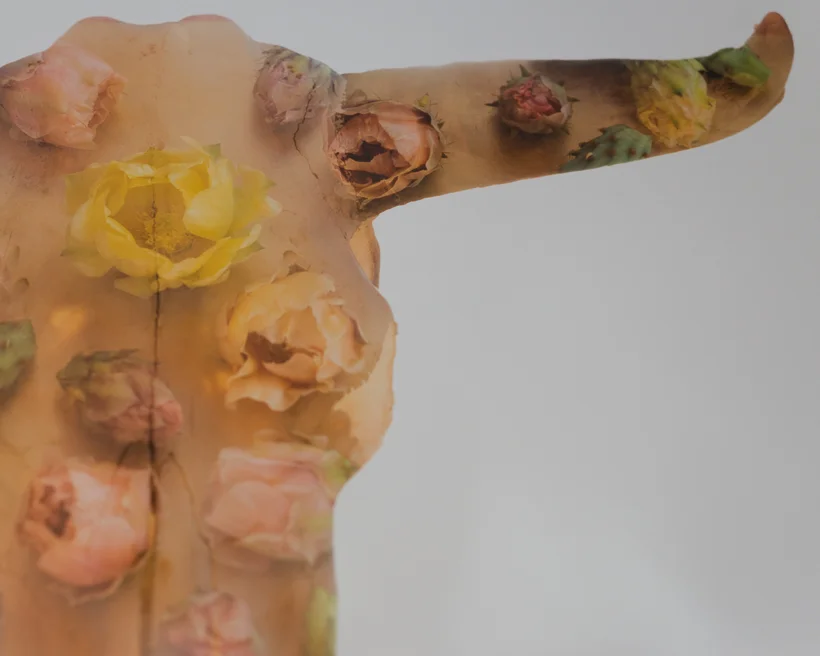How would you describe your style? Are there any artists / designers that you particularly look up to?
My style is classic and timeless, leaning toward preppy with a bit of outdoorsy. When designing something new, I blend durability and usefulness with a polished and refined aesthetic. I want my work to stick around for a long time rather than pass in and out with the trends. I look up to designers and companies that embrace this sense of history, like Ralph Lauren, Filson, and J. Crew. And the fun part is combining this practical, intellectual side with adorable little dogs!
What do you feel makes your work unique and truly your own?
The thing that makes my work unique is in the way I approach the design process. I start by asking myself, "How can I contribute something good and useful to the world, and not just make for the sake of making?" To me, this means I'm solving a problem, then designing a solution. This drive to create through intentional actions shapes my day-to-day decisions. For example, using reclaimed materials makes my pieces different from anything else that people can buy, and it also contributes to a positive cycle of reuse. Or with my toy design, I included a treat pocket so that it's more engaging and stimulating -- the dog (or cat!) has to nose around and interact with the toy to get at the treat. And I didn't add anything extra, like plastic eyes, that could get chewed off and hurt a pet.
What sort of things inspire you? Where do you look for inspiration?
I'm inspired by things that endure the test of time, and are rooted in heritage and tradition. When I'm designing something new, I tend to turn to classic menswear because those pieces are made to last. They change with the trends less, are intended to be wardrobe staples, and have really nice subtle details that make them more pleasurable to use. I'm also inspired by accessories like Dopp kits and canvas totes -- handy and useful things that people go back to over and over again.
When do you feel the most creative?
I feel most creative when I have the mental space to sit down and concentrate. For me, creativity comes from contemplation and quiet, rather than exuberant bursts. I start to feel creative after I've done some research on a subject because all of this new knowledge and information swirling around in my head inspire me to apply what I've learned to making something new.
What is your creative process like?
When I'm ready to create a new idea, I think about what problem I'm solving, and then sketch out ideas. What I'm looking for during this process is something that will function well for both the pet and their human (comfortable, user-friendly, reliable), is compatible with reclaimed materials (typically there are odd shape or size constraints here), and and has timeless style. Once I settle on a sketch, I calculate measurements and dimensions, and draw up a pattern in Adobe Illustrator. With this paper pattern I start the prototyping process, cutting out a paper version and doing some test fitting or sizing. After the sizing is looking good, I make a version in test fabric, check and adjust, and finally make a version in the final fabric. There's a lot of back and forth -- the process involves refining the shape, size, materials, and construction.
When the final designs are done (after much testing with my sweet little dog, Pipsqueak), I make a small batch to start sharing on my website and at events. I love sharing my work at events because I get immediate feedback from customers. This is a key part of the creative process for me because it's a good opportunity to learn more about how my products can fit better in their lives. And it's this sense of improvement that's really the foundation of my creative process.
What's the coolest artistic tip you've ever received?
My favorite artistic tip is from Elizabeth Gilbert, which I heard while listening to her Magic Lessons podcast. Essentially what she says is that not everything you create needs to be shared with the world -- some things can just be made because you must make them, and you don't need to put any pressure on it to deliver anything to you beyond the pleasure of making it. I love that tip because it's liberating, and it reminds me to balance out my drive to create something meaningful with having fun.
Where can we learn more about you?
My shop can be found at http://oxforddogma.com, where there's also a link to my blog where I talk more about my work and the process behind making it. I'm also on Instagram @oxforddogma, and on Facebook: http://www.facebook.com/oxforddogma
Anything you'd like to add that I didn't ask....?
I started Oxford Dogma because I wanted to help more pets feel loved. When I think about the things that bring me the most joy in life, pets are right up there at the top of the list, and doing something to help make more of this joy in the world became my mission. One part of this is creating work that fosters happy experiences for pets and their humans, and another part is supporting shelters. With each purchase, I make a donation to a local shelter to help animals in need. So whenever a person buys one of my items for the special little dog in their life, they're helping other animals feel cared for, too.




































